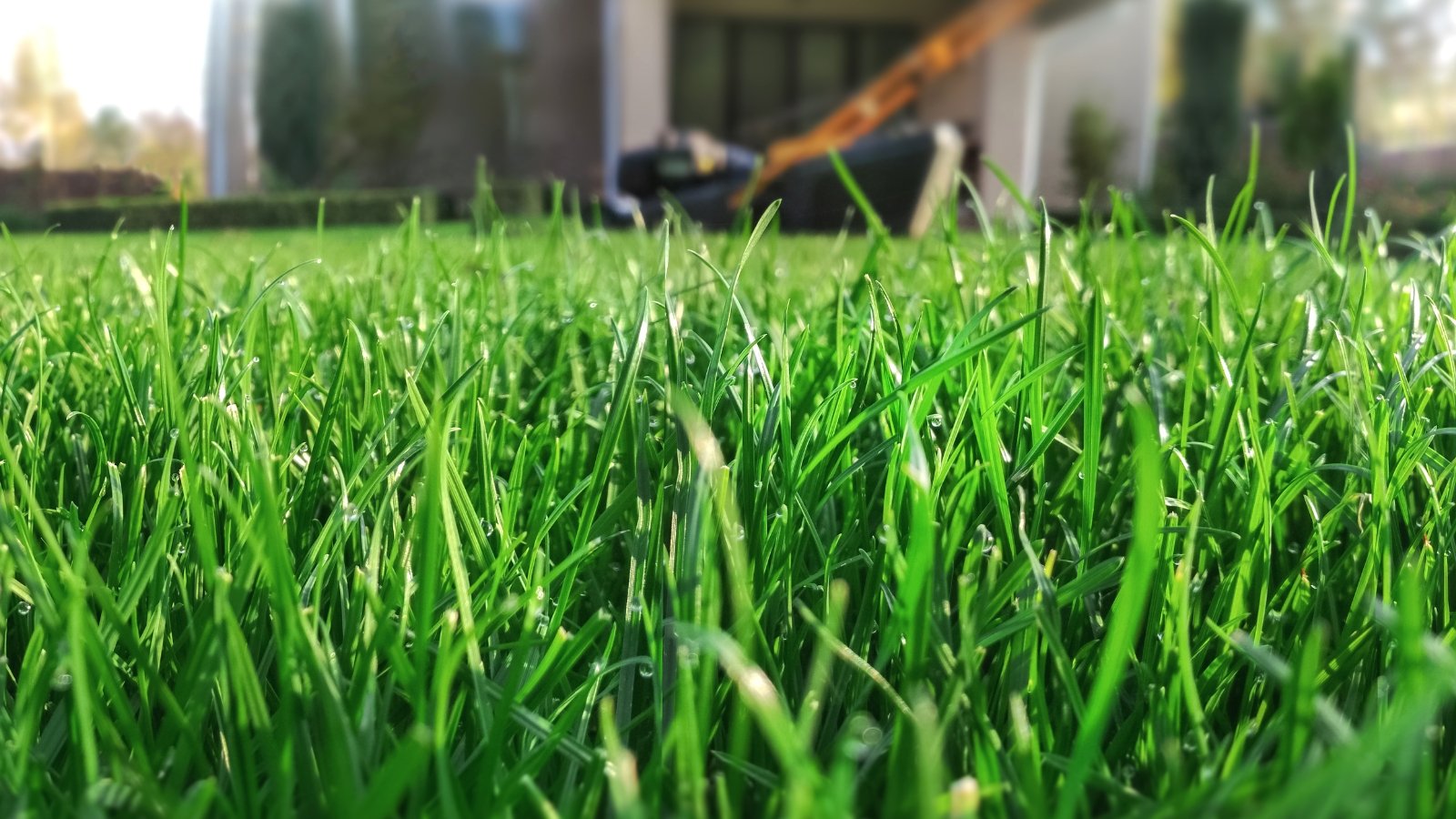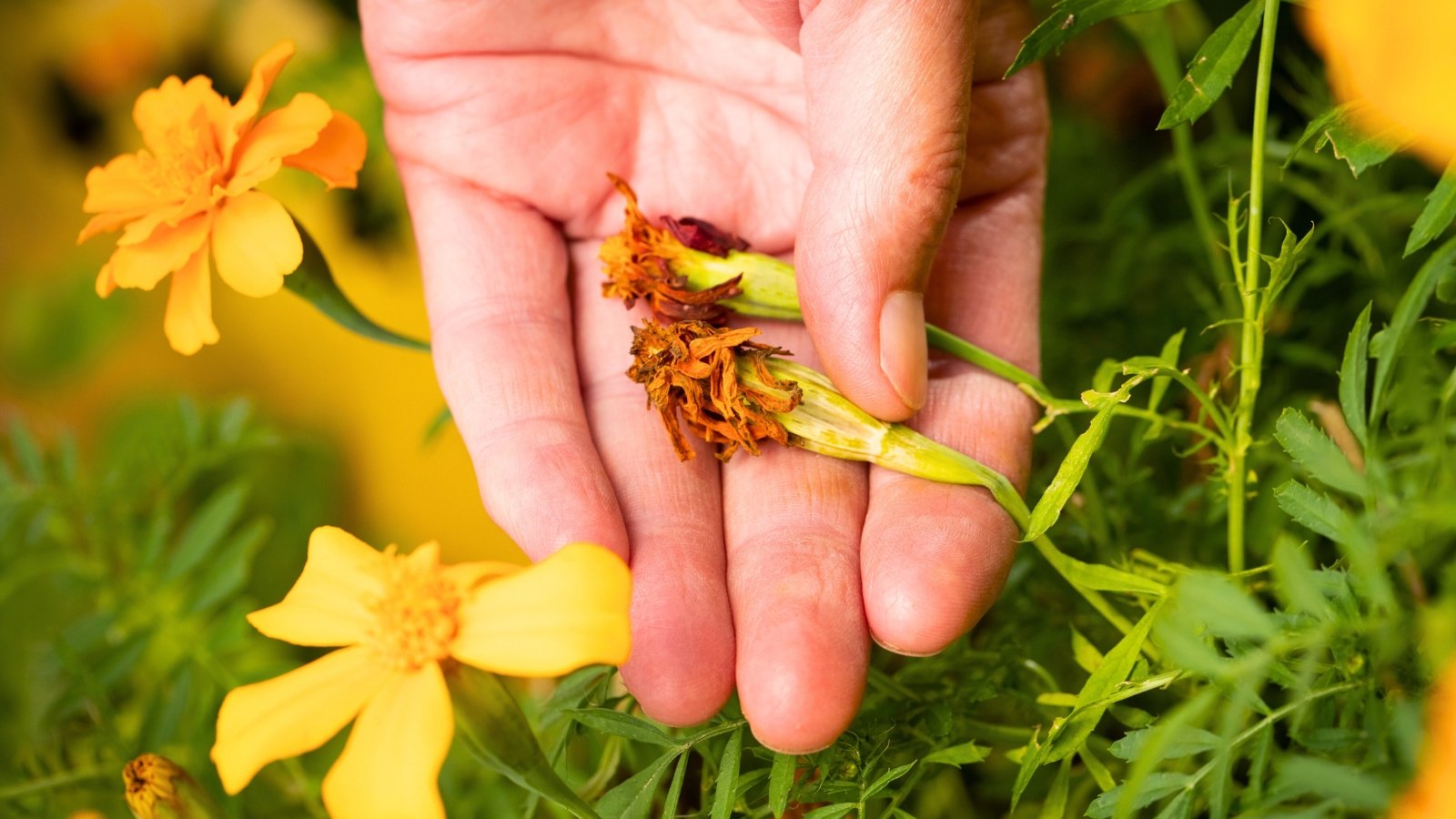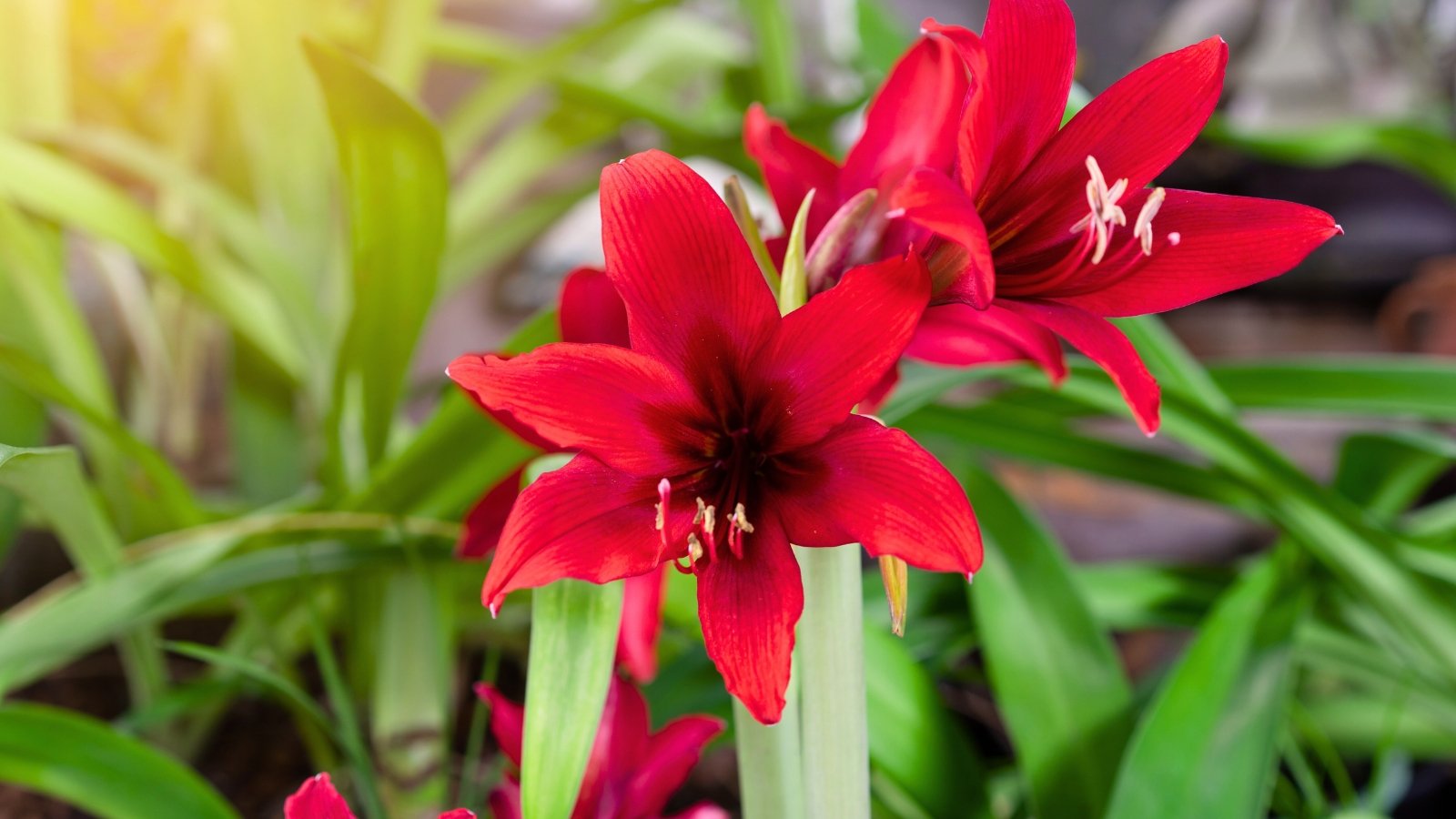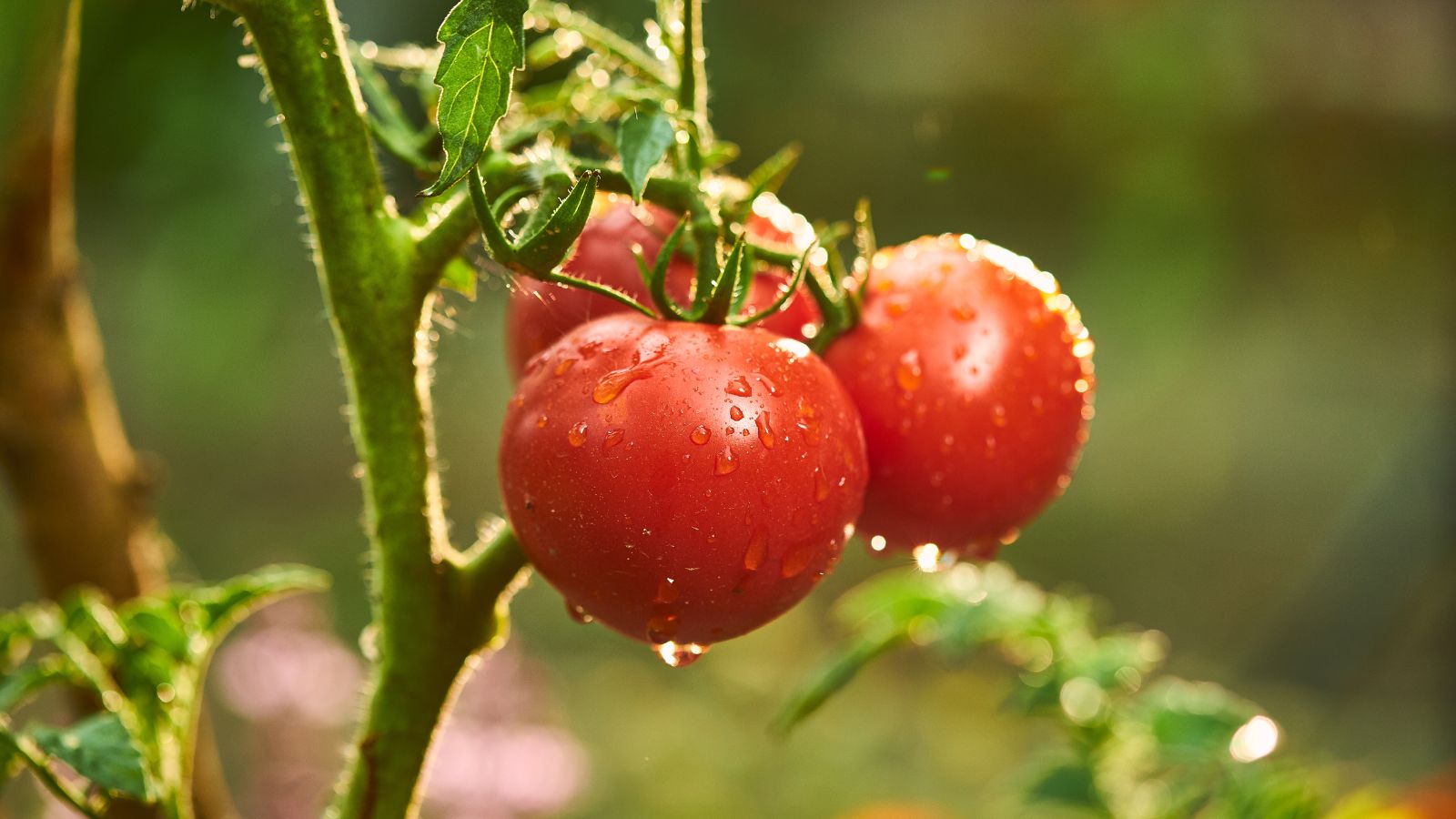PROTECT YOUR DNA WITH QUANTUM TECHNOLOGY
Orgo-Life the new way to the future Advertising by AdpathwaySummer days playing in the yard, a lazy dog sunning, firing up the grill, or eating a juicy watermelon outside are among the reasons to save a space for a spot of lawn.
By August, the shift to late summer marks the transition of fluctuating conditions and, for some of us, the hottest weather of the season. Targeting August lawn care tasks helps stabilize and maintain healthy turf while setting up a strong foundation for overwintering.
Lawn care maintenance this month includes regular deep watering, mowing, and fertilizing, all with adjustments for high temperatures, rainfall, or lack thereof. We’ll cover the basics of August lawn care for cool and warm season turfgrasses to round out the days of fun in the sun.
Know Your Type of Grass
 Different grass types require slightly different care.
Different grass types require slightly different care. Depending on your region, you’ll grow either a cool-season or warm-season turfgrass tailored to the climate and temperatures of your growing zone. While they receive similar treatments, they enter dormancy at opposite times.
The timing of August lawn care varies depending on factors like seasonal conditions and grass type.
Warm-season grasses grow in zones 7 and warmer and include Bermuda, St. Augustine, centipede, and zoysia. Cool-season grasses grow in zones 6 and lower, with Kentucky bluegrass, perennial ryegrass, and tall and fine fescues as common species.
Warm Season Turf
 Warm-season grasses are more susceptible to cold damage.
Warm-season grasses are more susceptible to cold damage. Warm-season lawns rely on warm conditions and tolerate heat and humidity. They enter winter dormancy when temperatures drop, and depending on the selection, may be susceptible to cold damage.
Common warm-season grasses include:
- Bermuda (Cynodon spp.): A high-quality turfgrass used in various settings, from golf courses to yards to slope erosion control. Fine-textured blades form a dense mat in fresh green shades.
- Zoysia (Zoysia spp.): A soft, fine texture in deep green. Drought-tolerant and one of the most cold-tolerant of the warm-season types.
- St. Augustine (Stenotaphrum secundatum): The most shade-tolerant warm-season selection, growing in four to six hours of sunlight. Broad, blue-green blades form a lush lawn.
- Centipede (Eremochloa ophiuroides): A dense emerald mat with a medium texture that suppresses weed competition. Spreads by stolons with aggressive runner stems.
Cool Season Turf
 Cool-season grasses look best in spring and fall.
Cool-season grasses look best in spring and fall.Cool-season grasses withstand cold temperatures and thrive in spring and fall. They may slow or become dormant in winter and with high summer heat.
Typical cool-season growers include:
- Kentucky bluegrass (Poa pratensis): Green-blue, fine to medium blades form an attractive leafy mat. Has aggressive rhizomes for good recovery from damage.
- Perennial ryegrass (Lolium perenne): Resembles Kentucky bluegrass and fescue. Grows quickly for a lush look in about three weeks. Used in overseeding dormant winter grasses in areas with moderate winters for year-round greens.
- Fescue (Festuca arundinacea): Creates a soft, deep green groundcover and is relatively low-maintenance and drought-tolerant. Tall fescue has broad, flat blades, while fine fescue is narrow and needle-like.
Water Deeply, but Infrequently
 If there is frequent rain, don’t add additional water.
If there is frequent rain, don’t add additional water. August means lingering summer heat and seasonal extremes, including prolonged dry spells or rainfall inundation. Turf can take a beating from heat waves, sun baking, or pooling moisture.
This month, turf benefits from one inch of water once or twice weekly, depending on climate and seasonal conditions. If in a wet, rainy spell, hold off on watering and turn off automated systems. Turf actually benefits from a little drought stress to develop long, deep roots that reach for moisture.
Since overwatering in warm conditions leads to late-season diseases and pest weakness, it’s best to water deeply but infrequently. This allows soils to drain without oversaturation, which causes fungal problems. It also promotes sturdy, deep-reaching roots that help with winter and summer survival.
Cool-season grasses like Kentucky bluegrass enter summer dormancy when there’s a lack of moisture. If you want to skip this August lawn care task, let them dry naturally and reemerge with cool, moist weather.
When to Water
 Water newly seeded areas often.
Water newly seeded areas often. In August, wait until the whole lawn looks dry to water. Visually, blades will look thin and somewhat pale as moisture constricts. The soil surface will feel dry to the touch.
The blades don’t rebound as well as when they’re water-filled. Walk across them, and check your footprints. Grass often pops up after footfalls with adequate moisture. If it doesn’t rebound, water the next morning.
If you’ve just patched or seeded, the seedlings will need daily water to thrive. Moveable sprinklers or irrigation, in addition to rainfall, work well.
Water lightly to moisten the soil surface and avoid excess runoff and oversaturation. Seedlings germinate in two to four weeks. Continue daily watering until they’re two inches tall. Reduce water frequency but increase the length of run time.
Whether a cool-season or a warm-season type, once temperatures drop toward fall, reduce the frequency of irrigation by increasing the length of time between sessions. When frost sets in, stop watering, as plants won’t absorb moisture in frozen soils.
Mow High
 Don’t cut grass blades too short to prevent stress.
Don’t cut grass blades too short to prevent stress. To avoid heat stress in August, raise the mower blade a half inch to an inch higher than in the heart of the season. Mow high, around three inches, to reduce nutrient and moisture loss (never removing more than ⅓ of the blade at a time).
Keep the mower blade sharp to avoid damaging and bruising the blades, creating entry points for diseases. Sharpen once a month or so for the best cut.
Healthy grass needs weekly mowing during the growing season, while low-maintenance types need less frequent mowing. An essential part of August lawn care is mowing, usually about the standard once a week. Mow in the coolest parts of the day, morning or evening, when possible, to reduce heat stress further.
Fertilizer Last Call
 This month is your last chance to feed your lawn.
This month is your last chance to feed your lawn. During the growing season, the lawn benefits from regular fertilizer and a monthly maintenance schedule to sustain growth. August marks the last chance to fertilize warm-season grasses. A final round of nitrogen and potassium-rich fertilizer adds enrichment before entering winter dormancy.
Stop fertilizing by mid-August in warm climates. Aim to stop this August lawn care task six to eight weeks before the anticipated first frost to prevent new growth as grass prepares for winter. Unless overseeding with winter rye, hold off until spring to begin the regimen.
If you live in a frost-free climate where grass stays green all year, go ahead and fertilize with a slow-release granular for extended seasonal nourishment.
Wait to fertilize cool-season turf between September and October for lush blades. Cool growers develop roots in autumn to store nutrients for successful overwintering. Use a quick-release granular to allow time for absorption before freezing soils. In cold climates, nitrogen may build up in the soil and groundwater with a late application.
Sow Grass Seed
 Reseed bare patches to fill any gaps.
Reseed bare patches to fill any gaps. The best time of year to plant grass seed is late summer and fall, followed by spring. Mild air and soil temperatures of late summer, coupled with regular seasonal moisture, spur healthy growth.
Prep sites for a new lawn, for patching bare areas, or overseeding thin grass this month and into early fall.
In zones 7 and warmer, sow warm-season grasses from March through September, avoiding hot and dry spells. Optimal soil temperatures for germination are between 65 and 70℉ (18-21°C). Seedlings rely on warm conditions and adequate moisture to develop.
In zones 6 and colder, sow cool-season types in mid-August through mid-October. They need cool air and soil temperatures and regular moisture to sprout. The optimal soil temperature range is 50 to 60°F (10-16°C). Sow seeds at least 45 days before the anticipated first frost for winter survival.
Laying Sod
 Late summer diseases are more common with higher moisture levels.
Late summer diseases are more common with higher moisture levels. If you’re revamping the lawn with new sod, wait until summer temperatures moderate to complete this August lawn care task. Avoid high heat and dry spells.
Water deeply and frequently to foster healthy roots before frost, but avoid oversaturation. Late summer diseases crop up when moisture lingers in warm conditions.
Err on the safe side in hot regions by laying new sod in the mild weather of early fall. Cold climates can lay fresh turf in summer through mid-August. Provide access to regular irrigation and time before frost for roots to establish.


 1 day ago
9
1 day ago
9





















 English (US) ·
English (US) ·  French (CA) ·
French (CA) ·